Ah, the joy of owning a pool! A shimmering oasis in your backyard, perfect for summer fun and relaxation. But with that joy comes the not-so-joyful reality of pool maintenance. Skimming leaves, scrubbing algae, and wrestling with a vacuum hose can eat into precious relaxation time.
Fear not, fellow pool owner! Technology has gifted us with a variety of automatic pool cleaners, liberating you from the drudgery of manual cleaning and allowing you to spend more time splashing around. But with so many options on the market, choosing the right pool cleaner can feel overwhelming. This comprehensive guide will equip you with the knowledge to select the perfect pool companion, ensuring a sparkling clean pool with minimal effort on your part.
Why Invest in a Pool Cleaner?
Before diving into the specifics, let's explore the undeniable benefits of having a pool cleaner by your side:
- Frees Up Your Time: Manual cleaning can be a real time commitment. A pool cleaner automates the process, giving you back precious hours to relax, entertain, or pursue other hobbies.
- Keeps Your Pool Sparkling Clean: Regular cleaning is vital for maintaining crystal-clear water and preventing algae growth. A pool cleaner works tirelessly, ensuring a consistently clean and inviting swimming environment.
- Reduces Wear and Tear: A clean pool means less stress on your pool's filtration system and liner. This translates to extended pool life and fewer costly repairs down the road.
- Improves Water Quality: By removing debris and preventing algae buildup, a pool cleaner helps maintain proper water chemistry, making your pool safer and healthier for swimmers.
- Peace of Mind: Knowing your pool is being taken care of allows you to relax and enjoy it without the nagging worry of maintenance tasks.
The Three Main Pool Cleaner Types: Understanding Their Strengths
Now that you're sold on the idea of a pool cleaner, let's explore the three main categories available:
Robotic Pool Cleaners
These high-tech marvels are the ultimate in pool cleaning convenience. They operate independently, navigating your pool's floor, walls, and waterline using advanced programming and sensors. Robotic cleaners come equipped with their own filtration systems, collecting debris in internal bags that need periodic emptying.
Pros:
Most hands-off option: Requires minimal intervention after initial setup.
Excellent cleaning performance: Many models handle floors, walls, and waterlines, tackling dirt, debris, and algae effectively.
Energy-efficient: Typically use low-voltage electricity, making them economical to operate.
Cons:
Highest upfront cost: Robotic cleaners are generally the most expensive option.
Maintenance required: Emptying filter bags and occasional cleaning of brushes are necessary.
May not be ideal for all pool shapes: Some models struggle with complex pool shapes or steep inclines.
Suction-Side Pool Cleaners
These cleaners utilize the suction power of your pool's filtration system to move around the pool floor, vacuuming up debris as they go. Suction-side cleaners come in various hose lengths and with different attachments for specific cleaning needs.
Pros:
Affordable option: Generally the most budget-friendly choice.
Easy to maintain: Require minimal maintenance beyond emptying the skimmer basket.
Effective on specific debris: Work well for leaves, twigs, and other lightweight debris.
Cons:
Reliant on filtration system: A clogged filter or weak pump can hinder performance.
Limited cleaning coverage: May not clean walls or waterline effectively.
Can be prone to tangles: Hoses can get tangled in pool features or underwater obstacles.
Pressure-Side Pool Cleaners
These cleaners utilize a dedicated pump that pressurizes water, propelling the cleaner around the pool and powering its cleaning functions. Pressure-side cleaners can climb walls and clean the waterline in addition to the pool floor.
Pros:
Thorough cleaning: Can clean floors, walls, and waterline for a complete clean.
Independent of pool's filtration system: Operates using its own dedicated pump.
Less prone to tangles: Uses a pressurized line instead of a hose, reducing the risk of tangles.
Cons:
Higher upfront cost: More expensive than suction-side cleaners but generally less than robotic cleaners.
Requires additional plumbing installation: May require professional installation for the dedicated pump.
Higher maintenance: The dedicated pump may require occasional maintenance.
Key Factors to Consider When Choosing the Right Pool Cleaner
With a basic understanding of the three main pool cleaner types, it's time to delve deeper into the factors that will influence your choice. Consider these points to ensure you select the perfect pool companion for your specific needs:
Pool Size and Shape:
Robotic cleaners: Work well for most pool shapes and sizes, though some models may struggle with very large or complex pools.
Suction-side cleaners: Best suited for smaller, simpler pool shapes due to hose length limitations.
Pressure-side cleaners: A good option for most pool shapes and sizes, including large or complex designs.
Debris Type:
Leaves and twigs: All three cleaner types can handle these common culprits.
Algae: Robotic cleaners often have features specifically designed for tackling algae. Pressure-side cleaners can also be effective with an appropriate brush attachment. Suction-side cleaners may struggle with heavy algae growth.
Fine debris: Robotic cleaners with fine filters are best for capturing sand, dust, and other fine particles. Pressure-side cleaners can also be effective with a fine filter cartridge. Suction-side cleaners may not be ideal for very fine debris.
Budget:
Robotic cleaners: The most expensive option upfront, but may offer long-term value due to their efficiency and low maintenance requirements.
Suction-side cleaners: The most budget-friendly option, but may require more frequent cleaning of the skimmer basket and filter.
Pressure-side cleaners: A middle-ground option in terms of cost, but factor in potential installation fees for the dedicated pump.
Features and Functionality:
Robotic cleaners: Consider features like remote control, smartphone app connectivity, wall-climbing ability, waterline cleaning capabilities, and filtering options.
Suction-side cleaners: Look for features like adjustable wheels, different nozzle attachments for specific cleaning needs, and flow regulators to prevent overpowering the skimmer.
Pressure-side cleaners: Features to consider include variable speed settings, debris cannisters vs. bags, and different brush types for various cleaning tasks.
Maintenance Needs:
Robotic cleaners: Require emptying filter bags and occasional cleaning of brushes.
Suction-side cleaners: Minimal maintenance beyond emptying the skimmer basket and cleaning the filter.
Pressure-side cleaners: May require occasional maintenance on the dedicated pump.
Your Time Commitment:
Robotic cleaners: Offer the most hands-off experience.
Suction-side cleaners: Require some intervention for emptying the skimmer basket and cleaning the filter.
Pressure-side cleaners: More hands-on than robotic cleaners, but less maintenance than suction-side cleaners.
Additional Tips for Choosing the Perfect Pool Cleaner
Read online reviews and comparisons: Research different models within your chosen category to see what other pool owners have to say.
Talk to pool professionals: Consult with pool store staff or a pool service company for expert advice based on your specific pool characteristics.
Consider your warranty options: Look for a warranty that provides peace of mind in case of any malfunctions.
By carefully considering these factors and conducting thorough research, you'll be well-equipped to choose the perfect pool cleaner for your needs. Remember, the ideal cleaner will free you from the drudgery of manual cleaning, allowing you to spend more time enjoying your sparkling clean pool.
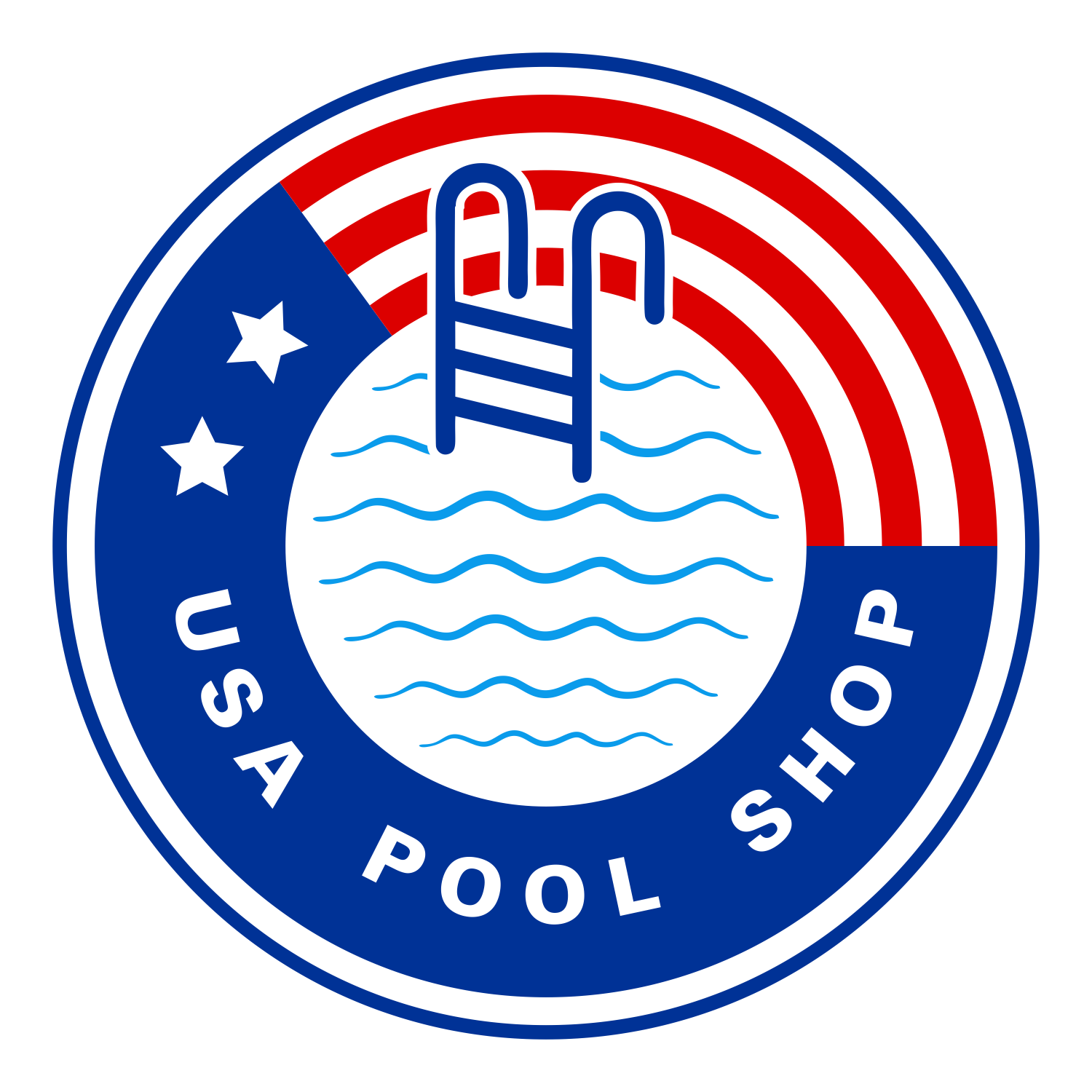
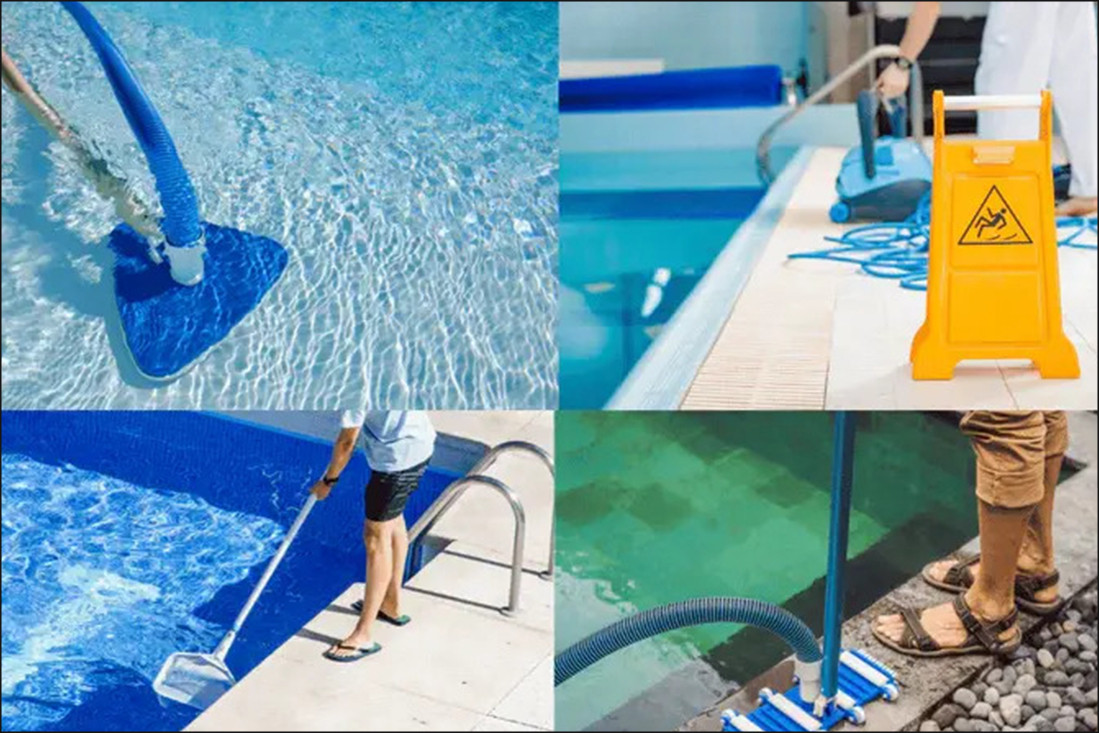


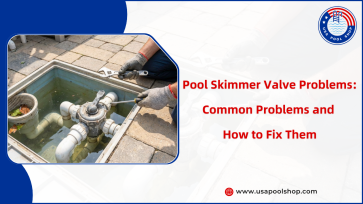

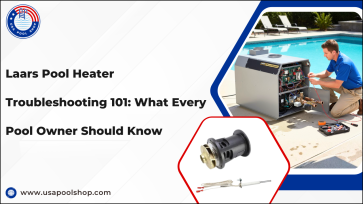
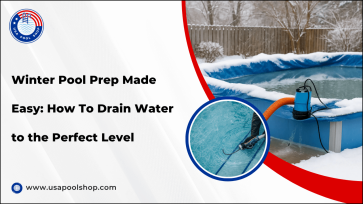

Validate your login